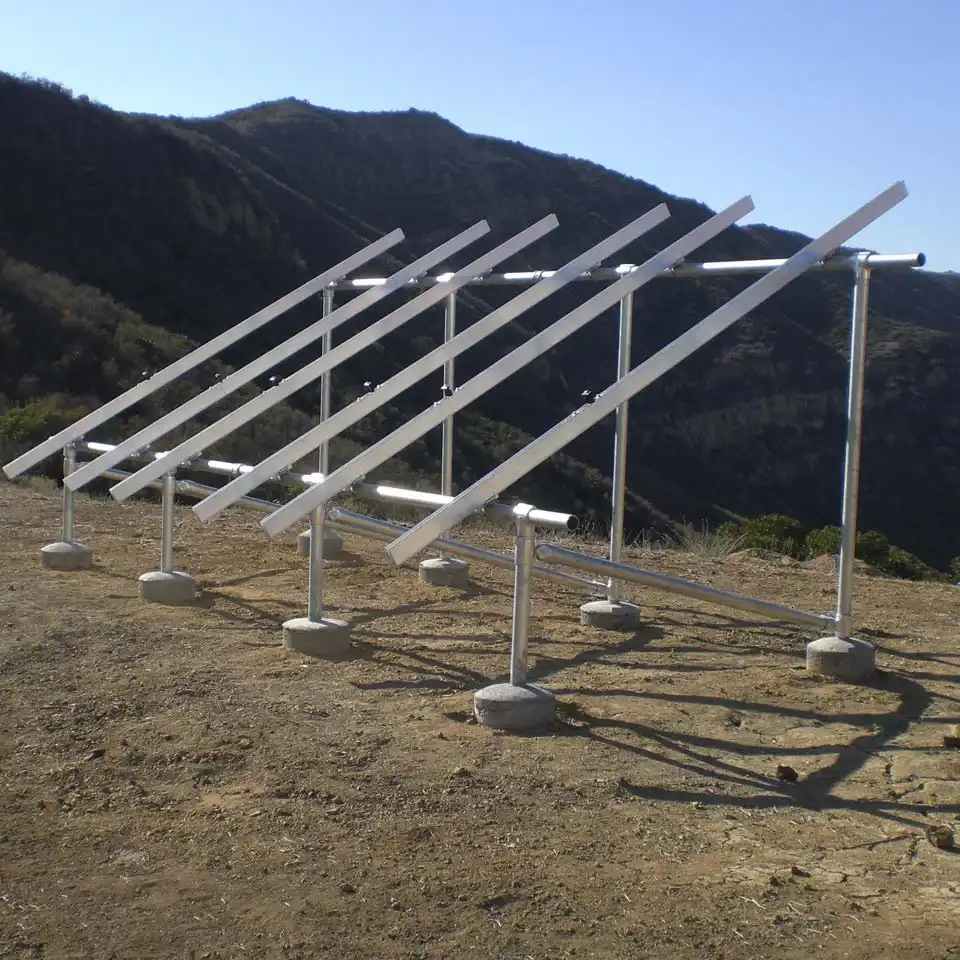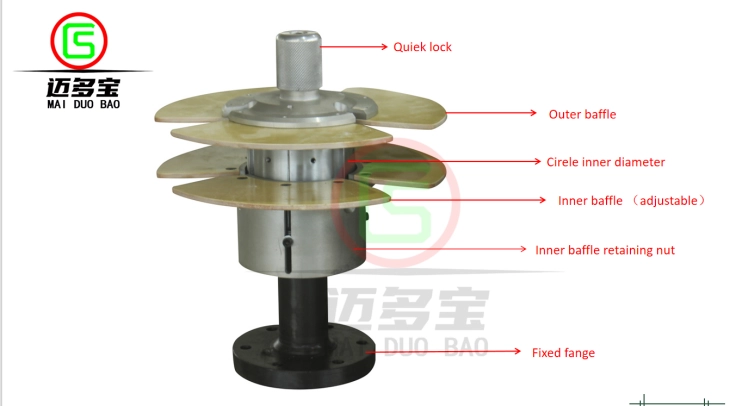Wall-mounted furnaces are a popular choice for many people due to their compact design and space-saving properties. However, the performance and life of a wall-mounted furnace largely depends on its heat exchanger. Selecting a high-quality heat exchanger is essential to ensure your furnace operates efficiently, safely, and with minimal maintenance. In this blog post, ISAAC will share with you how to choose a wall furnace heat exchanger.
Understanding the Role of a Heat Exchanger
Before diving into the selection process, it's essential to understand what a heat exchanger does. A heat exchanger in a wall furnace is responsible for transferring heat from the combustion gases to the air that circulates through the building. It is a critical component that affects the overall efficiency and performance of the heating system.
1. Material Composition
The material used in the construction of the heat exchanger is one of the most important factors to consider. The heat exchanger should be made from materials that can withstand high temperatures and resist corrosion.
Stainless Steel: Commonly used for its durability and resistance to corrosion, stainless steel is a popular choice for heat exchangers.
Aluminum: While lighter and less expensive, aluminum heat exchangers may not be as durable or resistant to corrosion as stainless steel.
Copper: Known for its excellent heat transfer capabilities, copper is another good option, but it can be more expensive.
2. Thickness and Construction
The thickness of the heat exchanger's material and its construction can impact its ability to transfer heat and its durability.
Thicker Material: Generally, a thicker heat exchanger can handle higher temperatures and is more resistant to wear and tear.
Tube and Fin Design: Look for a heat exchanger with a tube and fin design, which maximizes the surface area for heat transfer.
3. Surface Area
The surface area of the heat exchanger is directly related to its efficiency. A larger surface area allows for more heat to be transferred to the air.
Increased Efficiency: A heat exchanger with a greater surface area will generally be more efficient at heating your space.
Design Considerations: Some heat exchangers are designed with additional fins or tubes to increase the surface area without significantly increasing the physical size.
4. Heat Transfer Efficiency
Efficiency is a key factor when it comes to heating costs and environmental impact. Look for heat exchangers with high heat transfer rates.
Testing Standards: Check if the heat exchanger meets industry standards for efficiency, such as those set by the American Society of Heating, Refrigerating, and Air-Conditioning Engineers (ASHRAE).
Certifications: Look for certifications like ENERGY STAR, which indicate that the product meets certain energy efficiency criteria.
5. Safety Features
Safety should never be compromised. Ensure that the heat exchanger you choose has built-in safety features to prevent accidents.
Flame Arrestors: These prevent flames from traveling back into the heat exchanger.
Temperature Sensors: Look for heat exchangers equipped with sensors that monitor and regulate temperature to prevent overheating.

6. Compatibility with Your Furnace
Not all heat exchangers are compatible with every furnace model. Make sure the heat exchanger you choose is designed to work with your specific wall furnace.
Furnace Model: Check the manufacturer's specifications to ensure compatibility.
Size and Fit: The heat exchanger should fit properly within the furnace's housing to ensure optimal performance.
7. Manufacturer Reputation
Choose a heat exchanger from a reputable manufacturer known for quality products and reliable customer service.
Warranty: A good warranty is a sign of a manufacturer's confidence in their product.
Reviews and Ratings: Look for heat exchangers with positive reviews and high ratings from other customers.
8. Maintenance and Durability
A high-quality heat exchanger should require minimal maintenance and be built to last.
Durable Design: Look for heat exchangers that are designed to withstand long-term use without significant wear.
Maintenance Requirements: Some heat exchangers may require more frequent cleaning or replacement parts than others.
9. Cost
While it's tempting to go for the cheapest option, investing in a high-quality heat exchanger can save you money in the long run by reducing heating costs and repair expenses.
Long-Term Savings: Consider the long-term savings associated with a more efficient heat exchanger.
Budget vs. Quality: Balance your budget with the need for a durable, high-quality product.
10. Installation and Support
Ensure that the heat exchanger you choose comes with adequate installation support and resources.
Installation Guide: Look for heat exchangers that come with clear installation instructions or are supported by professional installers.
Technical Support: Choose a manufacturer that offers technical support to assist with any issues that may arise.
Conclusion
Choosing a high-quality wall furnace heat exchanger is an investment in the comfort and efficiency of your heating system. By considering the factors outlined in this guide, you can make an informed decision that will serve you well for years to come. Remember, the right heat exchanger not only keeps your space warm but also contributes to energy savings and environmental sustainability.
https://www.isaacoutlets.com/How-to-choose-a-high-quality-wall-furnace-heat-exchanger.html
ISAAC
975386094@qq.com


